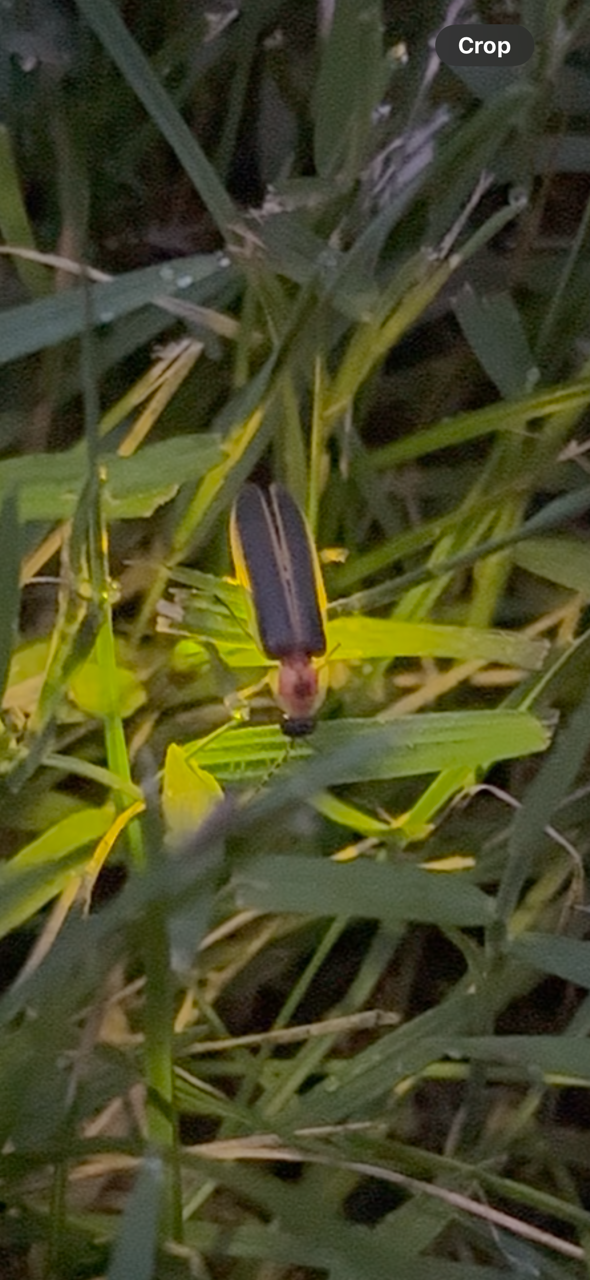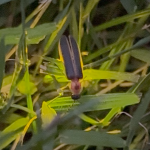Notice: Below is a list of 0 important links included on this page.
Please note that while screen readers have made significant strides, they may still lack full support for optimal web accessibility.


You must be logged in to post a comment.
This is a project of the Xerces Society, working in collaboration with the IUCN SSC Firefly Specialist Group and New Mexico BioPark Society.
Copyright © 2025 The Xerces Society •1631 NE Broadway Street, #821 • Portland OR 97232 USA
Thank you for submitting this firefly observation! Based on the photo and flash pattern of single, yellow flashes at dusk, this is definitely a firefly in the genus Photinus, and Photinus pyralis would be the most likely species.
A quick note about flash pattern details:
“Flash pattern period” refers to the number of seconds between the start of a flash pattern and the start of the next repetition of that flash pattern. For example, Photinus pyralis typically has a flash pattern period of 5-7 seconds.
“Flash duration” is how long each flash lasts. Usually this is too fast to measure accurately, but you can estimate whether it is more or less than 0.5 seconds, you can enter “not recorded,” or you can do a verbal description (such as “very brief”).
“Flash interval” refers to the time between the end of one flash and the beginning of the next. In species with single flash patterns and short flash durations, this is basically the same as “flash pattern period, but”
Thank you so much! In looking up the species, it does seem like Photinus pyralis is most likely, as they’re described to light up in a “J-shaped” pattern which I recall them doing now. Thanks for the explanations on the flash patterns/duration/interval.